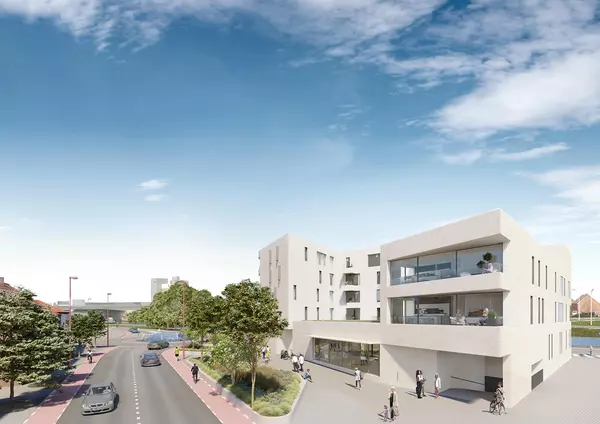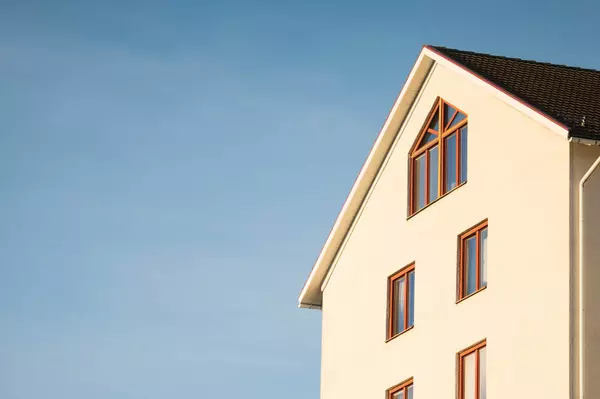Potential homebuyers are waiting for prices to fall
Prospective homebuyers are holding off on purchases, waiting for lower prices and mortgage rates despite the rising costs of homeownership, according to the 2025 Bank of America Homebuyer Insights Report.
Further analysis of the report, conducted by the Bank of America Institute, shows that three in four respondents expect home prices and interest rates to fall, and are waiting until then to buy a new home. That’s up from 67% in 2024 and 62% in 2023.
Yet some see opportunity, with 52% of respondents saying that 2025 is a better time to buy than last year — up from 48% in 2024 and 38% in 2023.
<\/script>Average home prices have been relatively flat over the past three years, and mortgage rates — while off their peak of 7.6% — remain elevated.
Meanwhile, the stagnation in existing-home sales — which declined 7% in April from a recent peak in December 2024 — has been offset by gains in new-home sales, according to data from the National Association of Realtors and U.S. Census Bureau.
Movers post increase after long decline
Consumers appear bent on holding off for lower home prices and rates, but for the first time in four years, the number of people moving has ticked up, the analysis shows.
Moves within the same city rose 11% year over year in the first quarter of 2025, while relocations to new cities increased 7%.
The Midwest and Sun Belt remain popular destinations, but trends vary by region. Cities like Austin and San Antonio saw population growth accelerate, while others like Las Vegas and Phoenix continue to lose momentum.
In the Midwest, Indianapolis stands out with growing numbers, but Chicago continues to see a population decline. The Northeast is also struggling, with most large cities losing residents — except Philadelphia, which saw growth pick up in early 2025.
When Americans do move, they increasingly cite affordability as the driving factor. According to the Homebuyer Insights Report, 39% of prospective buyers said they would relocate due to the cost of living — up from 32% last year and surpassing reasons like family or career.
Hidden costs hit hardest in affordable areas
While renters are seeing relief — with Bank of America payments data showing median rent growth slowing to 2.2% year over year in April 2025 — homeowners are facing rising costs.
Monthly mortgage payments climbed nearly 6% year over year in April 2025, up from 5% in October 2024. And these increases are most acute in the least expensive ZIP codes.
Median mortgage payments in the least expensive (lowest one-third) of ZIP codes rose by nearly 8% year over year in March 2025. The analysis concluded that rising property taxes, insurance costs and climate-related damage are adding to the burden, even for homeowners who haven’t moved.
“Twenty-three percent — nearly one in five — of current homeowners have experienced property damage or loss due to severe weather in the last five years,” the report stated.
As of late 2024, 93% of U.S. mortgages have fixed interest rates, meaning that most homeowners are shielded from rate spikes. But hidden costs like taxes and insurance are keeping homeownership out of reach for many.
Faced with rising rental and ownership costs, many Americans are downsizing or seeking lower-cost areas.
“It appears that consumers, hard pressed to take on ever-rising rents, are likely trading down to less expensive areas or downgrading their rental units,” the report explained..
The shift suggests affordability is shaping not only when but where people buy and rent homes. Bank of America expects this trend to continue as the market recalibrates.
Categories
Recent Posts











